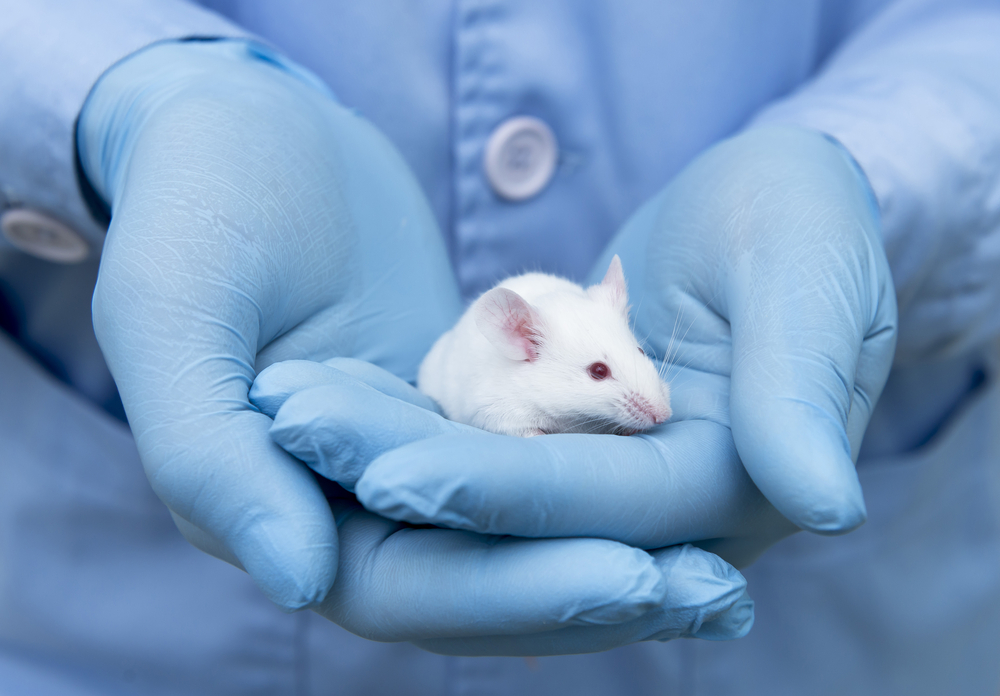Cigarette Smoke and Lipopolysaccharides Aggravate Lung Fibrosis, Mouse Study Suggests

Exposure to cigarette smoking and lipopolysaccharides, components of the cell wall of certain bacteria, can lead to more severe lung fibrosis, a mouse study shows.
The study, “Cigarette smoke exposure combined with lipopolysaccharides induced pulmonary fibrosis in mice,” was published in the journal Respiratory Physiology and Neurobiology.
Heavy cigarette smoking is known to induce pulmonary fibrosis, as smoke causes damage that promotes the overactivation of fibroblasts — the cells responsible for scarring the lungs.
Likewise, lipopolysaccharides (LPS) are known to activate and promote the buildup of inflammatory cells that also cause tissue damage. Previous studies have shown that LPS alone is able to directly activate fibroblasts and promote the production of collagen, the main component in scar tissue.
However, how LPS and collagen production contribute together to lung fibrosis development is unclear.
To address this question, researchers at the Central South University in China assessed the effects of exposure to cigarette smoke and LPS in mice.
They randomized healthy mice to four experimental groups. One group was exposed to two hours a day of cigarette smoke for 35 days — during the first week, mice were exposed to the smoke of six cigarettes a day, followed by eight to 10 cigarettes until the end of the study.
In a second group, mice received injections of LPS (into the spinal canal) at two, three, and four weeks. And in a third group, mice were exposed to both LPS and cigarette smoke. A fourth group, which served as controls, was exposed to a saline (innocuous) solution.
At 35 days, mice exposed to both cigarette smoke and LPS had a significant reduction in body weight, compared with mice in the control and LPS only groups. Moreover, while all mice in the control, LPS, and cigarette smoke groups survived, 20% of the mice exposed to both cigarette smoke and LPS died, resulting in a survival rate of 80%. This difference, however, was not statistically significant.
Measurements of airway obstruction and ability of the lungs to stretch and expand showed that mice exposed to both cigarette smoke and LPS had significantly more obstructed airways and less elastic lungs than the control group.
Analyzing the lung’s architecture also revealed that cigarette smoke together with LPS resulted in worst damage to the lung’s structure and formation of fibrotic spots. There also was increased collagen deposition in the lungs of mice in this group.
Inflammation was also significantly higher in the group of both cigarette and LPS exposed mice, as shown by increased levels of the pro-inflammatory cytokines interleukin (IL)-1 beta, tumor necrosis factor (TNF)-alpha, and IL-6, compared with control mice. Researchers also saw increased levels of transforming growth factor (TGF)-beta and alpha-SMA, two major factors linked to fibrosis.
These results suggest that “cigarette exposure and LPS-induced lung injury induce pulmonary fibrosis in mice,” the researchers wrote.
According to the team, the combination of the two factors “leads to alveolar structural disorders, fibrotic lesion formation, collagen deposition, increased inflammatory cytokine levels, increased airway respiratory resistance, and declined” lung function in mice.







